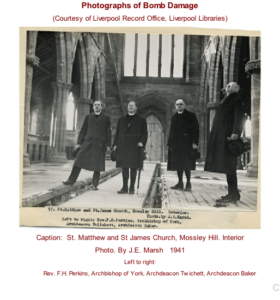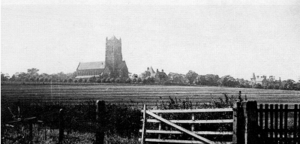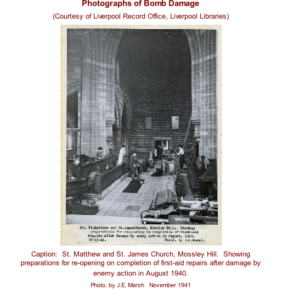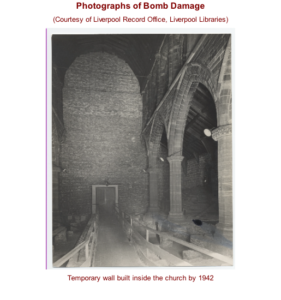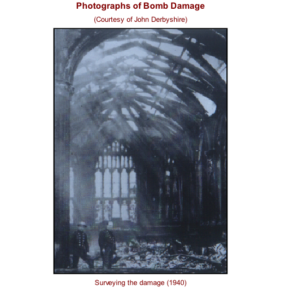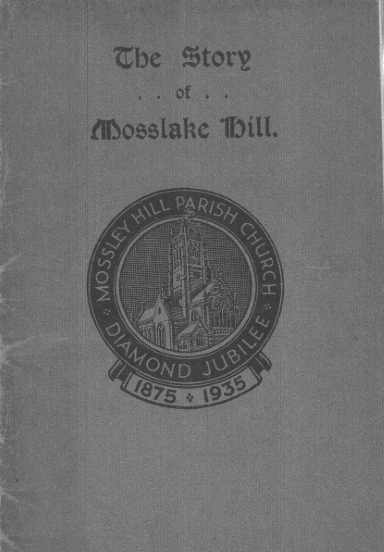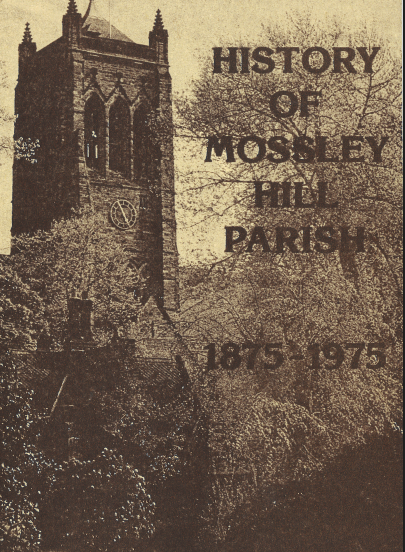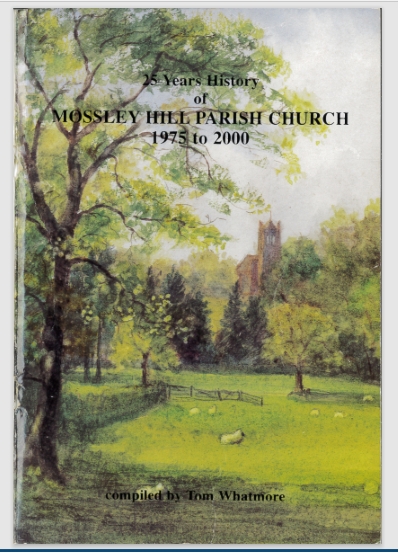Our history
The Church of St Matthew and St James, more generally known as Mossley Hill Church, was consecrated on 23 June 1875. The Church’s names were that of its founder Matthew James Glenton. In the 1830s he had stood at the corner of Rose Lane and Mossley Hill Road and admired the outlook, commenting on the possibilities of that spot as a site for the Church. On his death in 1871 the bulk of his fortune was left for the building of a Church on the spot where it stands today. Michael O’Mahoney, in his “Liverpool Ways and Byeways” says of the Church that “it has one of the finest church sites in the kingdom’’
The architects, Paley and Austin of Lancaster, built the church in 13th century Gothic style, from sandstone quarried locally, at a cost of £28,000. The white stone used in decoration came from Runcorn. The church stands on the top of Mossley Hill, 188ft above sea level with its tower 114ft to the top of the parapet.nOver the porch at the North door are statues of St Matthew with his writing materials and St James with his staff.
The organ was originally built by ‘Father’ Henry Willis and is regarded as one of the finest examples of English organ building in the country today.
The striking reredos behind the altar has in its centre panel a close copy, painted on wood, of the magnificent Venetian Glass Mosaic of the Lords Supper by Salviati which was placed in Westminster Abbey in 1868.
In 1922 the Memorial Chapel was added at the north-eastern corner. This was donated by the Ritchie family to give thanks for the safe return of their three sons from action in the First World War. On the canopied reredos in this chapel is a coloured carving of the Upper Room in Emmaus. The Chapel was refurbished with new lighting, heating, seating, flooring and a glazed screen in 2012.
It was the first church in England to be bombed during the Second World War, on the night of 28th and 29th of August 1940. The church was repaired, involving a new roof and wooden floor apart from the bomb splintered stones of the Chancel Arch which were replaced, untouched, as a memorial to the bombing.
The church itself was was reconsecrated in 1952. The stained glass windows which had been shattered by the blast were replaced by clear glass and two stained glass windows, the work of Carl Edwards, were installed at the East and West ends, depicting the Apostles’ Creed and Paradise Lost. Watch this video for the story behind these two magnificent windows.
The Garden of Rest on the south wall of the church was relocated and reconsecrated as a Memorial Garden for the Burial Of Ashes.
In 2005 a new raised Dais was installed at the East end of the Nave just in front of the entrance to the Chancel. Since then screens, projection and cameras were placed to enhance services. During 2016, a kitchen, toilets, and a new technical studio were also installed at the back of church. The pews were replaced with upholstered chairs, and the floor sanded and re-sealed. New items of furniture including an eight foot high cross and several display tables have been made with the wood from the pews.
2017 saw the completion of the extension and refurbishment of the Church rooms, originally added in 1975. This extended the church hall, adding new children’s toilets, two new storage rooms, a large commercial standard kitchen and a coffee bar with improved access onto the Memorial Garden. Decoration was carried out by students from Hugh Baird College as part of their training.
Publications
